How the Romanov family lived the last days before the tragic execution
Categories: History
By Pictolic https://pictolic.com/article/how-the-romanov-family-lived-the-last-days-before-the-tragic-execution.htmlAbdicating the throne, Nicholas II tried to negotiate the fulfillment of certain conditions for himself and his family. At that moment, the Romanovs were not going to be sent to Tobolsk yet, so the abdicated emperor insisted on the absence of strict security and unhindered passage to the family in Tsarskoye Selo. Most of all, Nikolai hoped that the children would be able to stay at home for a long time without risking their own safety. At that time, they had measles and any travel could worsen their condition. Romanov Sr. also asked for permission to travel to England for himself and his family.
First, the Provisional Government agrees to fulfill all the conditions. But already on March 8, 1917, General Mikhail Alekseev informed the tsar that he "can consider himself as if arrested." After some time, a notification of refusal comes from London, which had previously agreed to accept the Romanov family. On March 21, the former Emperor Nicholas II and his entire family were officially taken into custody.
A little more than a year later, on July 17, 1918, the last royal family of the Russian Empire will be shot in a cramped basement in Yekaterinburg. The Romanovs were subjected to hardships, moving closer and closer to their grim finale. Let's take a look at rare photos of members of Russia's last royal family taken some time before the execution.
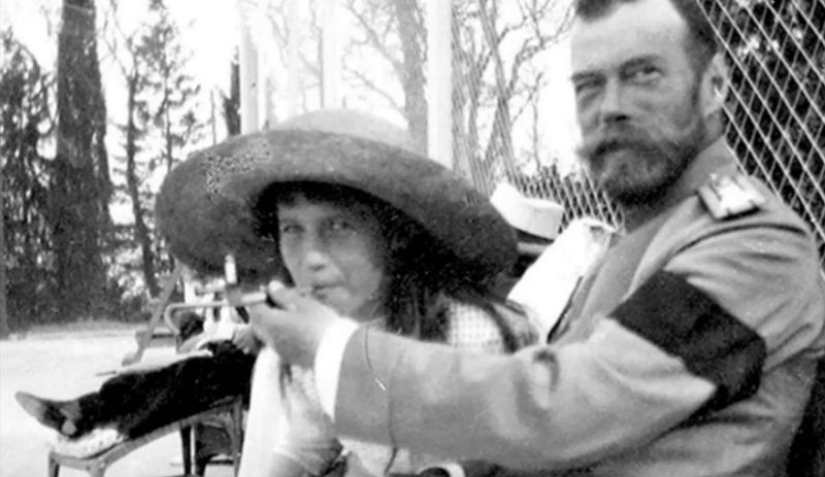

1. After the February Revolution of 1917, the last royal family of Russia was sent to the Siberian city of Tobolsk by the decision of the Provisional Government to protect it from the wrath of the people. A few months before that, Tsar Nicholas II abdicated the throne, as a result of which the more than three hundred-year reign of the Romanov dynasty was interrupted.
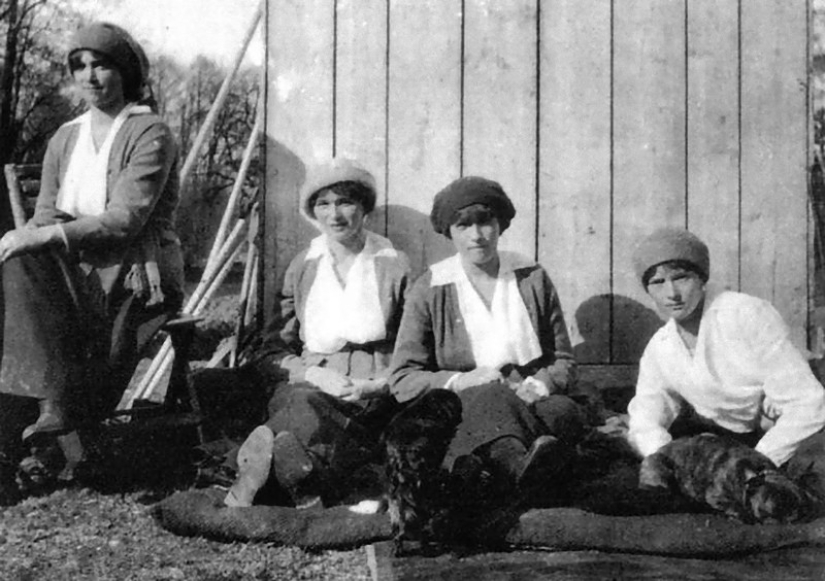
2. The Romanovs began their five-day journey to Siberia in August, on the eve of the 13th birthday of Tsarevich Alexei. The seven family members were joined by 46 servants and a military escort. The day before they reached their destination, the Romanovs sailed past Rasputin's native village, whose eccentric influence on politics could make its dark contribution to their mournful finale.
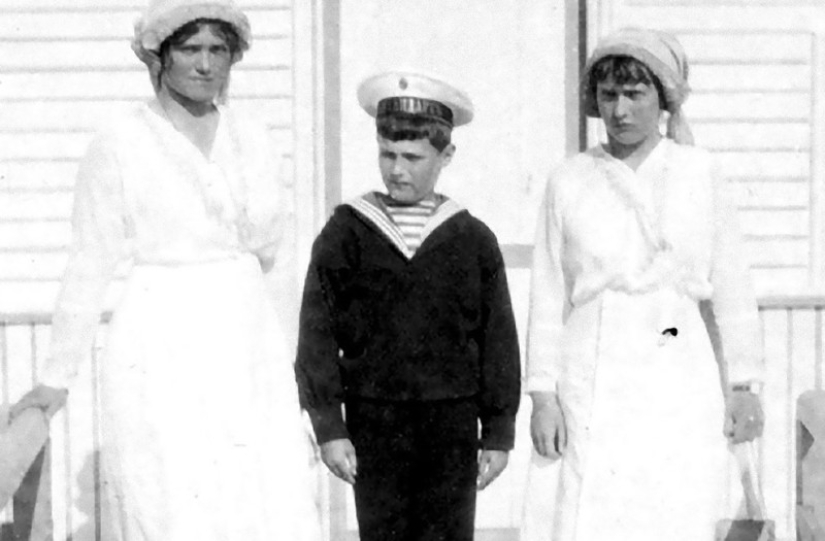
3. The family arrived in Tobolsk on August 19 and began to live in relative comfort on the banks of the Irtysh River. In the Governor's Palace, where they were housed, the Romanovs were well fed and they could communicate a lot with each other without being distracted by state affairs and official events. The children staged plays for their parents, the family often went to the city for religious services — this was the only form of freedom allowed to them.
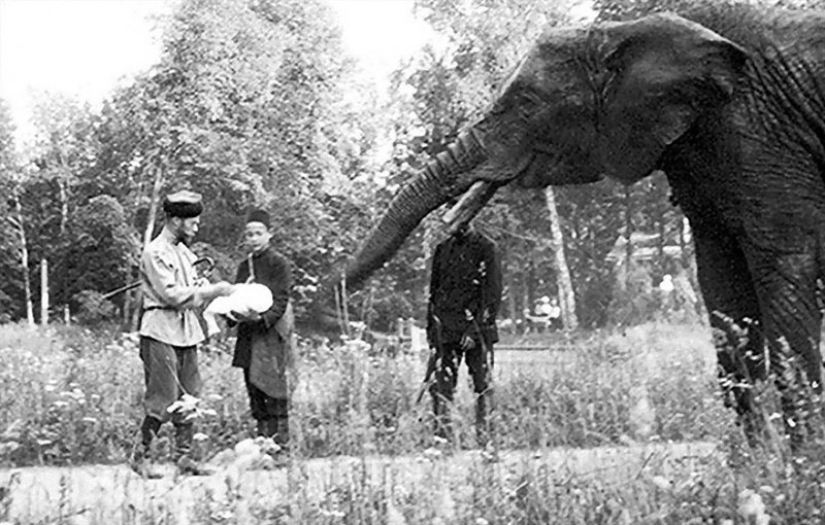
4. When the Bolsheviks came to power at the end of 1917, the tightening of the regime of the royal family slowly but surely began. The Romanovs were forbidden to attend church and generally leave the territory of the mansion. Soon coffee, sugar, butter and cream disappeared from their kitchen, and the soldiers assigned to protect them wrote obscene and insulting words on the walls and fences of their dwelling.
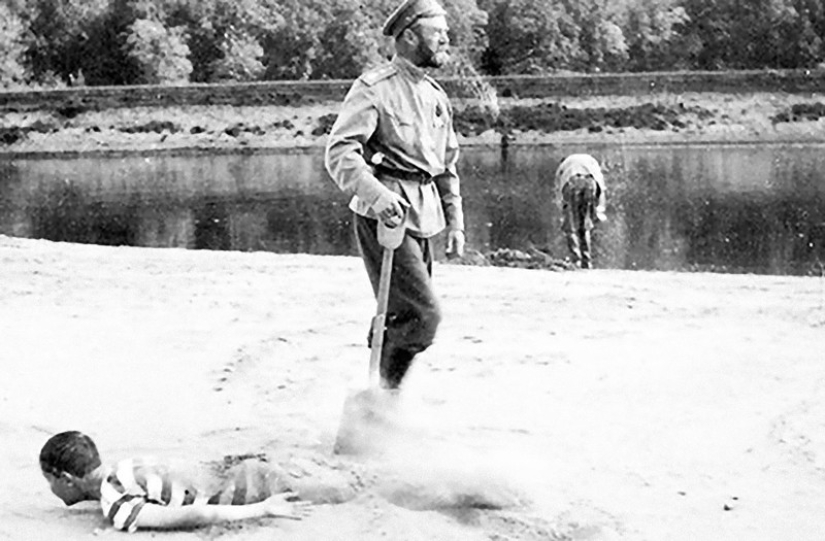
5. Things were getting worse and worse. In April 1918, a commissar, a certain Yakovlev, arrived with an order to transport the former tsar from Tobolsk. The Empress was adamant in her desire to accompany her husband, but Comrade Yakovlev had other orders that complicated everything. At this time, Tsarevich Alexei, suffering from hemophilia, began to suffer from paralysis of both legs due to a bruise, and everyone expected that he would be left in Tobolsk, and the family would be divided for the period of the war.
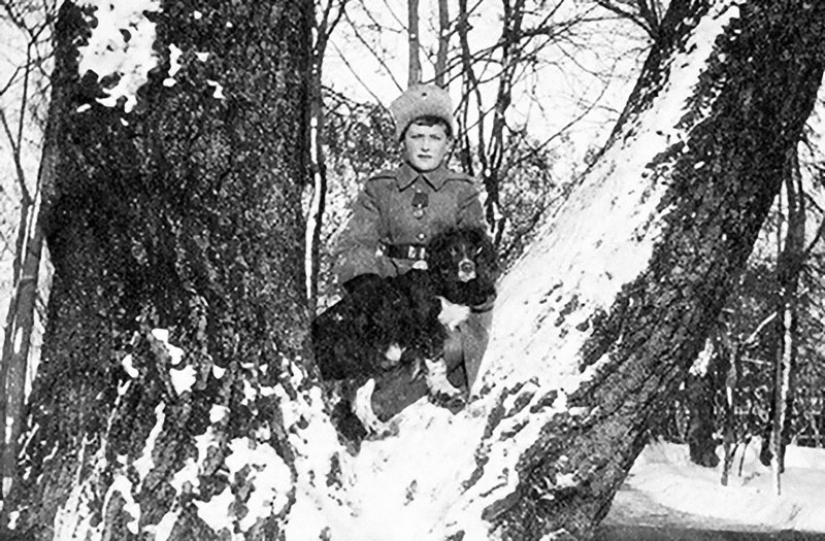
6. The commissioner's demands for relocation were adamant, so Nikolai, his wife Alexandra and one of his daughters, Maria, soon left Tobolsk. Eventually they boarded a train to travel through Yekaterinburg to Moscow, where the headquarters of the Red Army was located. However, Commissar Yakovlev was arrested for trying to save the royal family, and the Romanovs got off the train in Yekaterinburg, in the heart of the territory captured by the Bolsheviks.
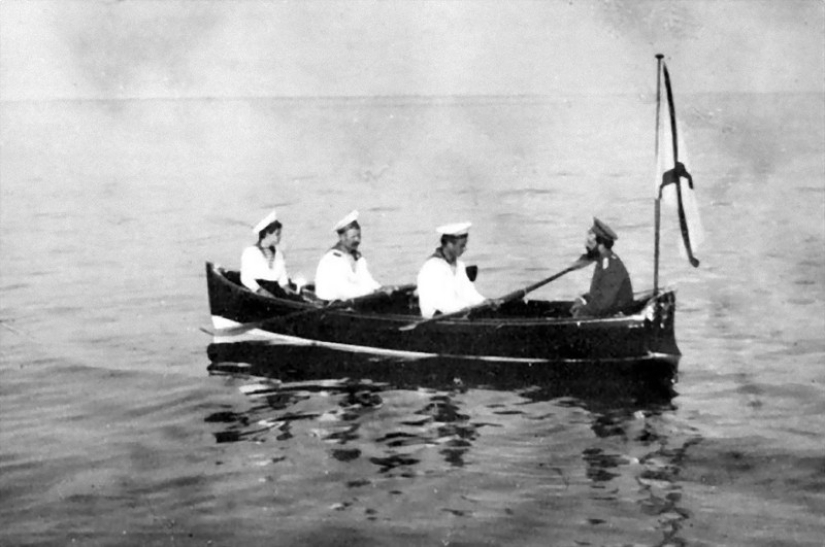
7. In Yekaterinburg, other children joined their parents — they were all locked up in Ipatiev's house. The family was placed on the second floor and completely cut off from the outside world, having boarded up the windows and put guards at the doors. Until the end of their days, the Romanovs were allowed to go out into the fresh air for only five minutes a day.
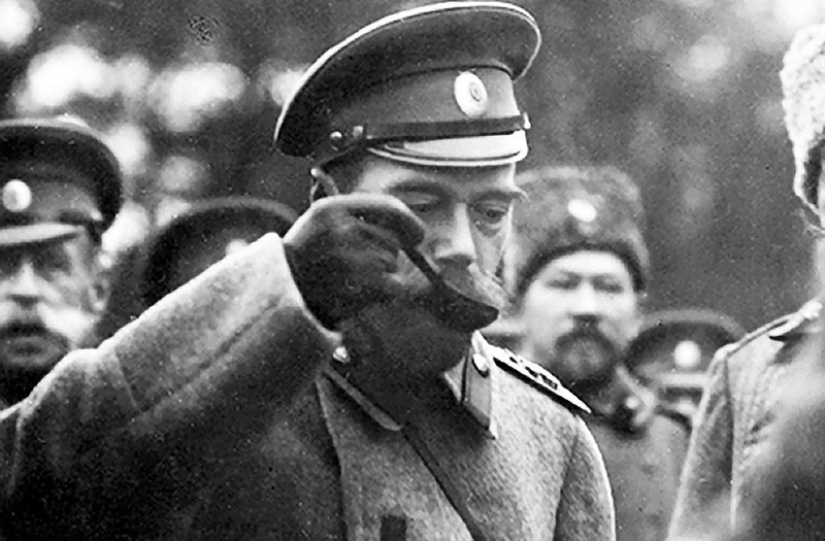
8. At the beginning of July 1918, the Soviet authorities began to prepare for the execution of the royal family. Ordinary soldiers in the guard were replaced by representatives of the Cheka, and the Romanovs were allowed to go to worship for the last time. The priest who conducted the service later admitted that none of the family said a word during the service. On July 16, the day of the murder, five trucks with barrels of benzidine and acid were ordered to quickly dispose of the bodies.

9. Early in the morning on July 17, the Romanovs were gathered and told about the offensive of the White Army. The family believed that they were simply being transferred to a small lighted basement for their own protection, because it would soon be unsafe here. Approaching the place of his execution, the last tsar of Russia passed by trucks, in one of which his body will soon be lying, not even suspecting what a terrible fate awaits his wife and children.

10. In the basement, Nikolai was told that he was about to be executed. Not believing his own ears, he asked again: "What?" — immediately after which the chekist Yakov Yurovsky shot the tsar. Another 11 people pulled the triggers, flooding the basement with the blood of the Romanovs. Alexey survived the first shot, but he was finished off by Yurovsky's second shot. The next day, the bodies of members of the last royal family of Russia were burned 19 km from Yekaterinburg, in the village of Koptyaki.
Keywords: Execution | Romanovs | Family | Murder
Post News ArticleRecent articles

Jacques-Henri Lartigue (1894-1986) is perhaps the most famous "amateur" in the history of photography. The art world discovered his ...

It turns out that an active lifestyle is useful not only for the body but for the brain. Exercise strengthens muscles and spirit, ...
Related articles

Millions of people around the world buy lottery tickets in the hope of winning a happy life. They dream of luxury cars, luxury ...

Many people mistakenly believe that love is "butterflies in the stomach", passionate kisses in the rain, walks in the late evenings ...

American writer Margaret Mitchell wrote only one novel — "gone with the wind". But it provided the woman's place in the ...

Most major companies profanity is not encouraged. It is considered that the profanity — it is a sign of disrespect for ...